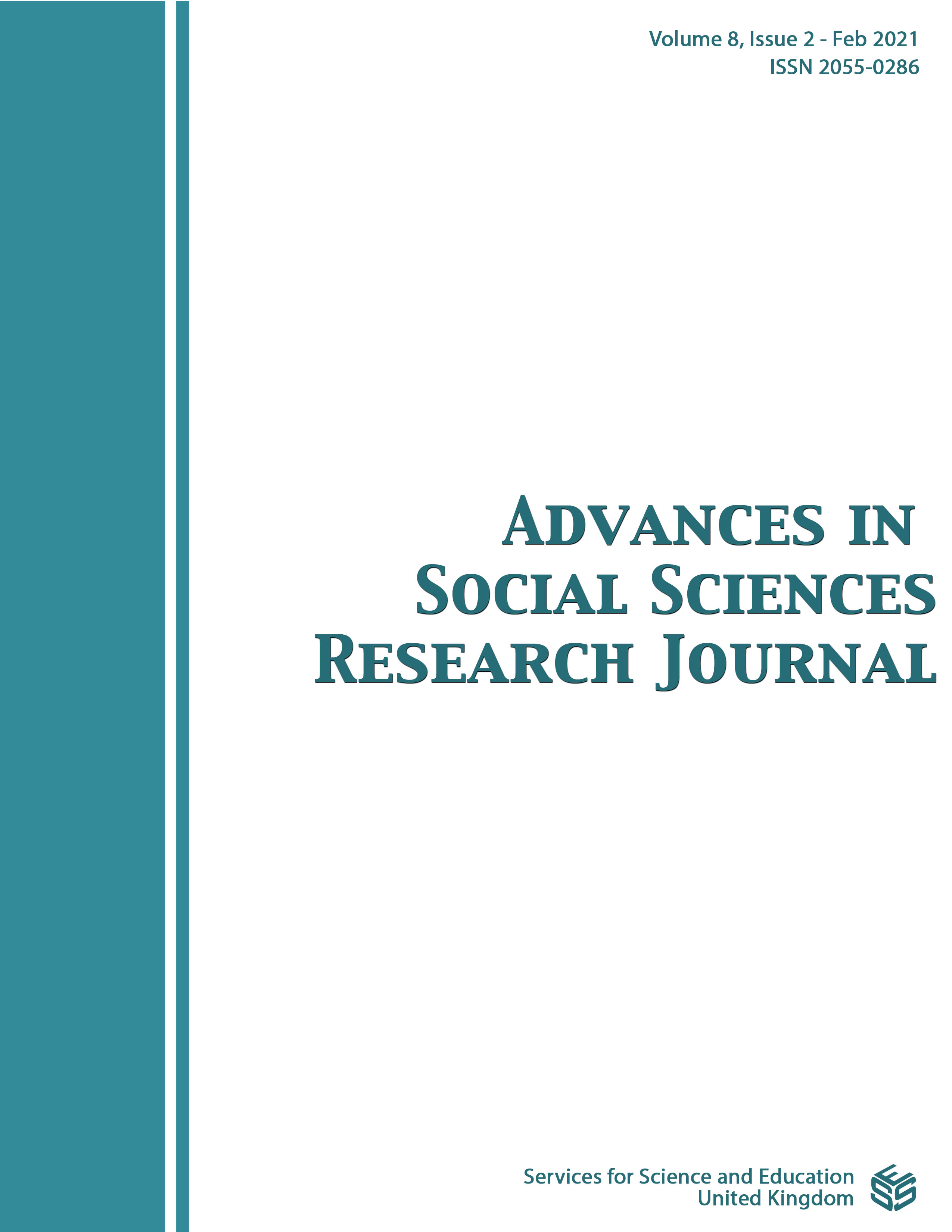Functionality of Kenya Prisons Service in Managing Terrorist Prison Criminal Group Activities at Kamiti Maximum Prison, Nairobi Kenya
DOI:
https://doi.org/10.14738/assrj.82.9787Abstract
Prisons all over the world have become the ‘epicenter’ of terrorist groups' activities that include violent extremism, radicalization and recruitments into terrorist prison criminal groups. Although many scholars, especially in Kenya, have not scratched this area, the fact remains that prisons have become a center of terrorist recruitment, strengthening, interconnecting, organizing, and conducting terrorist actions with subjects outside of prison. This study, therefore, was designed to evaluate the Kenya Prisons Service's functionality in managing Terrorist Prison criminal group Activities at Kamiti Maximum Prison. Three objectives focused this study; to examine the nature of available Terrorist Prison Criminal Groups Management strategies at the institution; to identify the anti-Terrorist Prison Criminal Groups Management gaps, and finally, to identify activities associated with Terrorist Prison Criminal Groups at Kamiti Maximum Prison. The paper employed a descriptive research design and a hybrid methodology where qualitative and quantitative data were obtained. Results showed that the most embraced terrorist management techniques were separation/isolation as it allows for close supervision and use of risk assessment instruments amongst other measures. Results also showed that clandestine use of the internet while in prison was associated with the recruitment of other prisoners into terrorist groups, Islamist militant prison radicalization, and external influences. The study findings showed that the main ways to mitigate the Terrorist Prison Criminal Group activities in Kenya included creating employment opportunities for the youth, creating rehabilitation programs for terror convicts, and offering education to the public. Amongst other measures, this was perceived as mitigation to reduce terrorist groups. The study recommended judges and magistrates to only incarcerate the most serious criminals and prefer non-custodial sentences for petty offenders. This will better manage the radicalization of petty prisoners.
Key words: Inmates, terrorist criminals, Prison, Isolation, Concentration, Separation.
References
Bucci, N., & Bachelard, M. (2015). “Terror Plotters Linked to IS released after minimum Sentences, despite fears,” in The Age, May 3
Comey, J. B. (2015). Law Enforcement and the Communities We Serve: Bending the Line Toward Safety and Justice. University of Chicago Law School.
Copley, G. R. (2002). “Handling Radical, Terrorist and Politicized Prisoners,” in Defense and Foreign Affairs Strategic Policy., 30(1), 9-11
Drummond, M. (2002). History of community colleges. In Learning to serve (pp. 185-197). Springer, Boston, MA.
Horgan, J. (2008). De-radicalization or Disengagement? A Process in Need of Clarity and a Counterterrorism Initiative in Need of Evaluation. Perspectives on Terrorism, 2(4).
Horgan, J. (2009). Walking away from terrorism: accounts of disengagement from radical and extremist movements. London/New York: Routledge
Jones, C., & Morales, R. (2012). “Integration versus Segregation: A Preliminary Examination of Philippine Correctional Facilities for De-Radicalization,” in Studies in Conflict & Terrorism, 35(3), 211-228
Kahara, K., Kurumizawa, N., Katagiri, T., Yuasa, H., & Kitano, E. (2017). U.S. Patent No. 9,533,586. Washington, DC: U.S. Patent and Trademark Office.
Kundnani, A. (2012). Radicalization: the journey of a concept. Race & Class, 54(2), 3-25.
Kushner, B. H. (2004). Neuroblastoma: a disease requiring a multitude of imaging studies. Journal of Nuclear Medicine, 45(7), 1172-1188.
Ombudsman, N. S. W. (2006). Review of the police powers (drug detection dogs) act 2001. Sydney: Office of the New South Wales Ombudsman.
Porter, L. E., & Kebbell, M. R. (2011). “Radicalization in Australia: Examining Australia’s Convicted Terrorists,” in Psychiatry, Psychology and Law, 18(2), 212-231.
Schmid, A. P. (2013). Radicalisation, de-radicalisation, counter-radicalisation: A conceptual discussion and literature review. ICCT Research Paper, 97(1), 22.
Schneider, E. (2015). U.S. Patent No. 9,141,717. Washington, DC: U.S. Patent and Trademark Office.
Silke, A. (Ed.) (2014). Prisons, Terrorism and Extremism: Critical Issues in Management, Radicalization and Reform. New York, NY: Routledge
Sutton, R. S., & Barto, A. G. (2018). Reinforcement learning: An introduction. MIT press.
Toohey, P. (2014). “Put Australian Muslim terrorists among general
Veldhuis, T. M. (2016). Prisoner Radicalization and Terrorism Detention Policy: Institutionalized Fear or Evidence-Based Policy-Making? London: Routledge. Violent and Non-Violent Radicalization. Terrorism and Political Violence, 24(1), 1-21.
Warnes, R., & Hannah, G. (2008). “Meeting the Challenge of Extremist and Radicalized Prisoners: The Experiences of the United Kingdom and Spain,”in Policing: A Journal of Policy and Practice., 2(4), 402-411
Warnes, R., & Hannah, G. (2008). Meeting the challenge of extremist and radicalized prisoners: The experiences of the United Kingdom and Spain. Policing: A Journal of Policy and Practice, 2(4), 402-411.
Whitaker, B. E. (2008). Reluctant Partners: Fighting Terrorism and Promoting Democracy in Kenya. International Studies Perspectives, 9, 254-271.
Downloads
Published
How to Cite
Issue
Section
License
Authors wishing to include figures, tables, or text passages that have already been published elsewhere are required to obtain permission from the copyright owner(s) for both the print and online format and to include evidence that such permission has been granted when submitting their papers. Any material received without such evidence will be assumed to originate from the authors.






